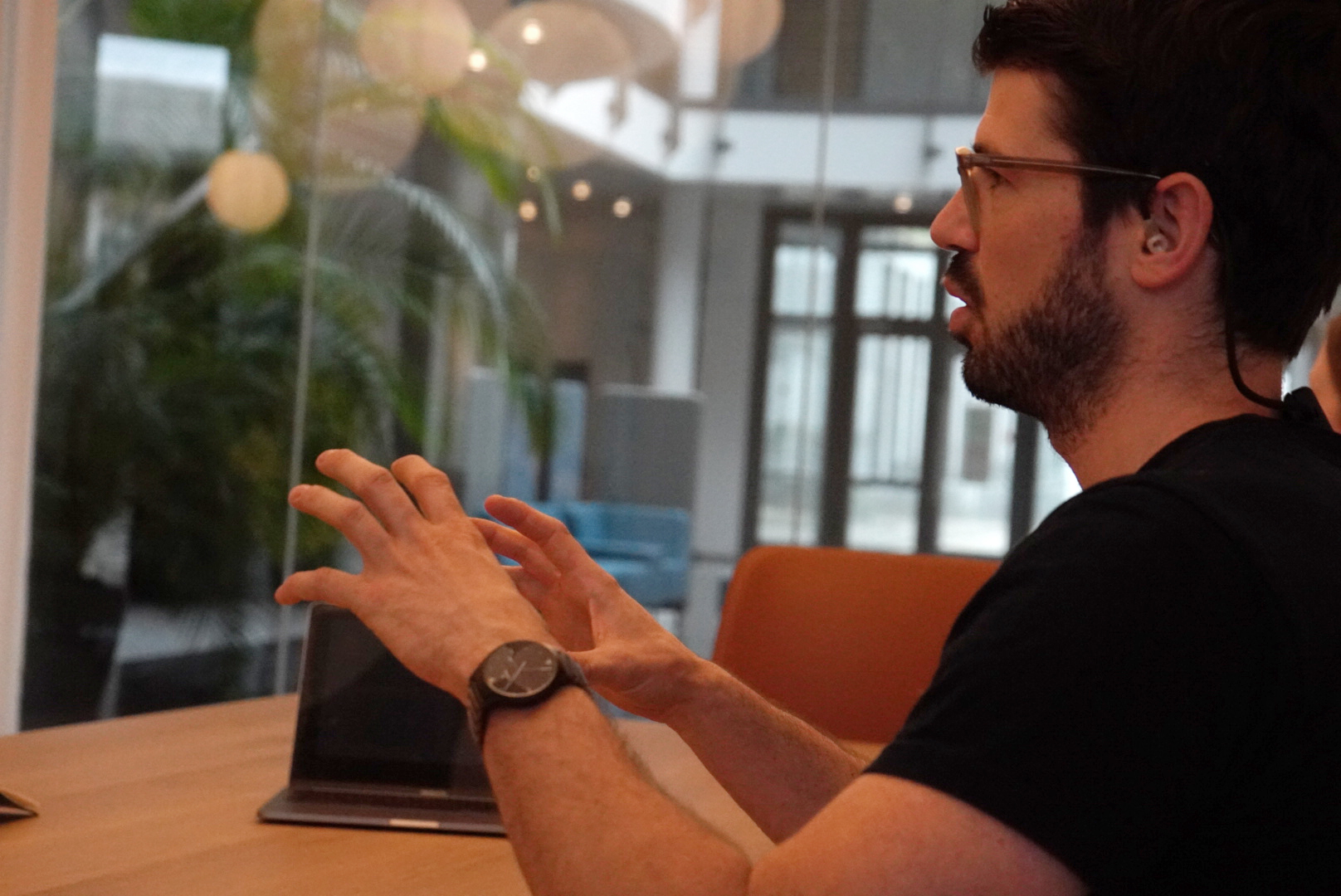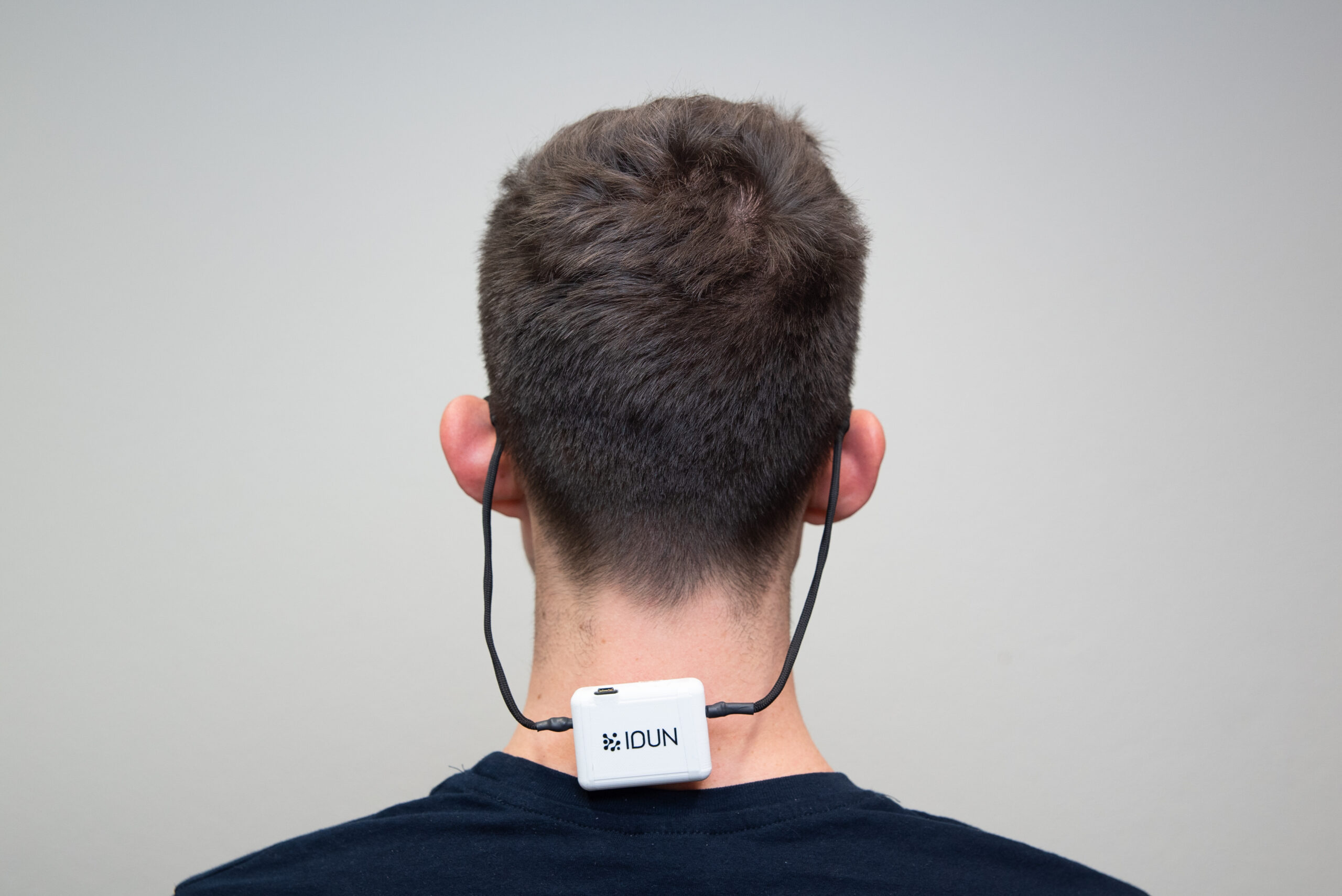Opportunities and Challenges of Wearable EEG

In this post our CTO Moritz Thielen discusses the challenges and potential opportunities for wearable EEG. The opportunities to simplify processes and have a real world impact on every day lives seem endless, but there are a number of stumbling blocks that need to be considered.
If you want to learn more, or want us to cover a specific topic, then reach out today!
At IDUN, our goal is to bring Electroencephalography (EEG) out of the labs and clinics and into the everyday life of a consumer or patient. A big obstacle in making this vision a reality is the form factor of current brain monitoring solutions. Picture current solutions that either require a skull cap with wires draping down and around your head, or huge, complex and costly fMRI machines that need the user to lie still for in potential uncomfortable positions for up to an hour. A while ago, other monitoring devices, for example those for blood pressure and heart rate, faced a similar challenge. These days, we can wear a multifunctional watch throughout the day with next to no impact on user comfort. We need something similar for brain activity monitoring, which we believe is possible through the IDUN Guardian Earbuds.
Now, this isn’t to say that we intend to replace clinical EEG or fMRI, but with an easily adapted form factor, we can extend the possibilities to acquire longitudinal brain data in everyday environments. Imagine being able to record your EEG data from sleep without having to wear an uncomfortable skullcap or visit a sleep lab. Imagine the amount of information you could gather from wearing a set of earbuds to bed for a year. Such longitudinal studies are pretty much impossible for people who live with sleep disorders with the current solutions. These additional data points can provide a much more detailed and holistic image of what is happening in a patient’s brain from the comfort of their own home and in everyday situations all of which can assist in prevention and diagnostics leading to a drastically reduced and smoother patient journey.
This more holistic approach will allow us to move away from a typical patient situation and more towards the general health of people. We believe in the potential of personalised interventions, for example in sleep, where a device could assist sleep onset, waking up, and generally help to optimise and quantify sleep quality and the quality of life as a whole. And finally, we think that understanding the user better, will enable much better products and services that might be unrelated to health, for example a smart playlist in your music app that understands if you like what you hear.
All this being said, there are numerous challenges that come along with wearable EEG, but the largest and most difficult one to consider is the trade-off between data quality and the unobtrusiveness of the device. As I mentioned before, current solutions require the user to wear uncomfortable set ups which provide access to undeniably detailed data. However, to ensure widespread adoption of a wearable device that can be used in the way we propose, the form factor must be simple and easily integrated into current lifestyles. A great example of this is the invention of the smart watch. Watches have been around since the latter half of the 19th century, so the transition to include sensors and diagnostic tools was relatively smooth. However, there is not a standardised format for this people wear on or around the head. There are massive differences when it comes to culture, fashion, and form around the world.

Whatever we choose would need to be small, lightweight, comfortable, and it needs to easy to use so that a patient or consumer can operate it. The electrodes would need to be dry and reusable, but still provide good electrical contact. The whole thing needs to have an ultra-low power consumption because we want it to be wireless and it either needs to look cool or be almost invisible. The answer comes in the form of the fastest growing form factor in the world: Ear buds. Combined with reusable and reliable dry electrodes they provide the hardware platform to enable unobtrusive access to the brain.
At IDUN we believe we’ve already made strides to making this happen using our Guardian Development Kit. In a sleep study that involved overnight sleep recording and staging with our device in comparison with a gold standard Polysomnograph we achieved almost 80% agreement between the two methods, all while improving comfort, practicality, and moving closer to an easily integrated form factor.
This is just the start and with our next product, the IDUN Guardian Earbuds, we will optimise the design for sleep, but also complete the product with a software and cloud stack that allows to close the neurofeedback loop together with our intervention partners. Using the IDUN Guardian and the brain data it collects, they can improve their own products and services or develop their own neuroenhanced products to provide the user with interventions or feedback that empowers them in everyday life.
Learn more about IDUN Technologies, our efforts to create an intuitive and adaptive BCI or join us, go to our website, follow us on LinkedIn and Twitter or email us at contact@iduntechnologies.com.

Dr. Moritz Thielen
I have a PhD of Sciences in Mechanical and Process Engineering, with significant experience in cutting-edge technology and products, specifically in sensors, energy harvesting, thermoelectrics and wearables. I am managing all R&D at IDUN, coordinating material development, electronics development, application engineering, physiology research and software development.
us on our socials!
Where to find us
We are located in the outskirts of Zurich, near the airport. We always welcome drop-in visits!
Get in touch
Error: Contact form not found.
